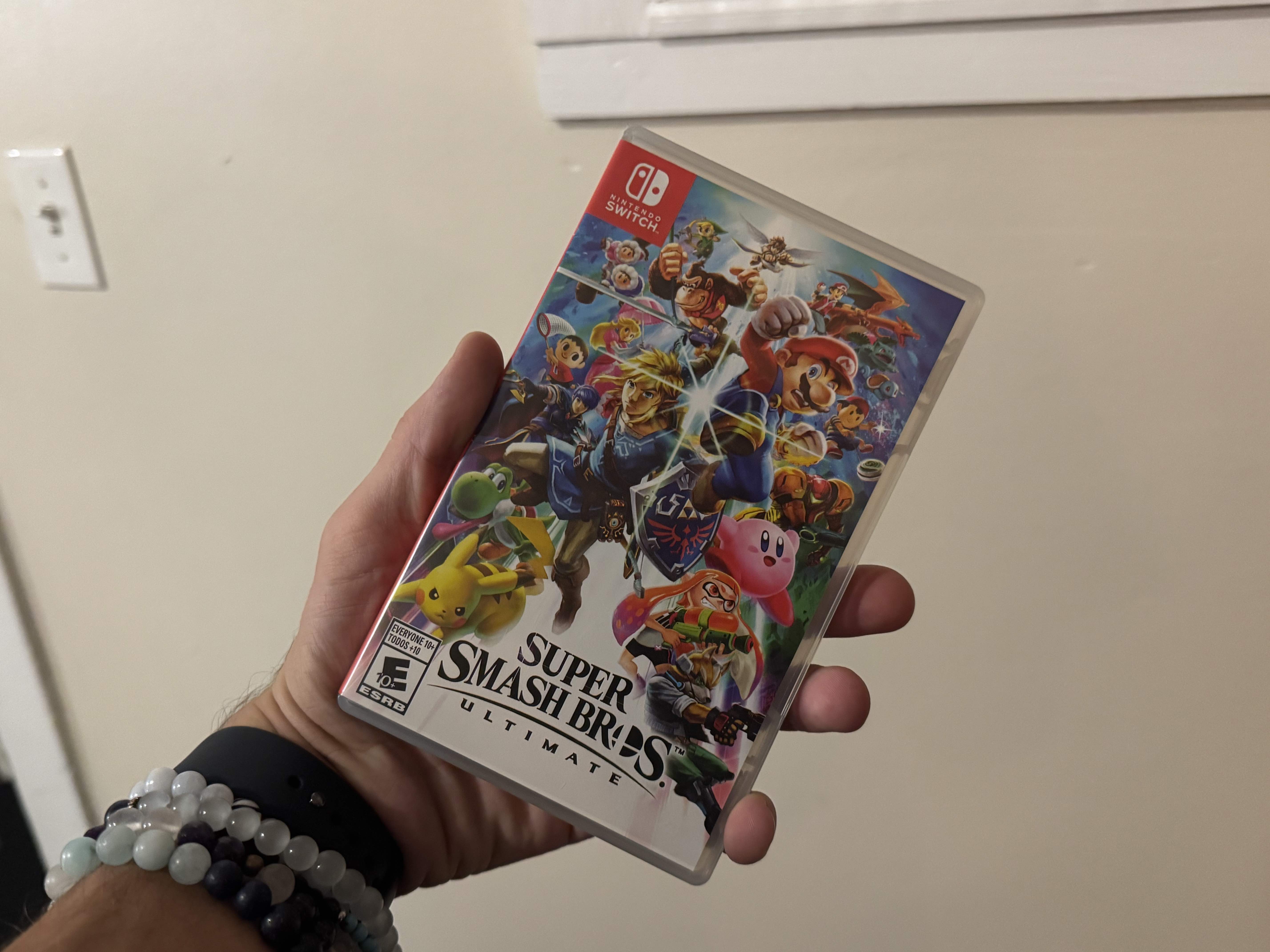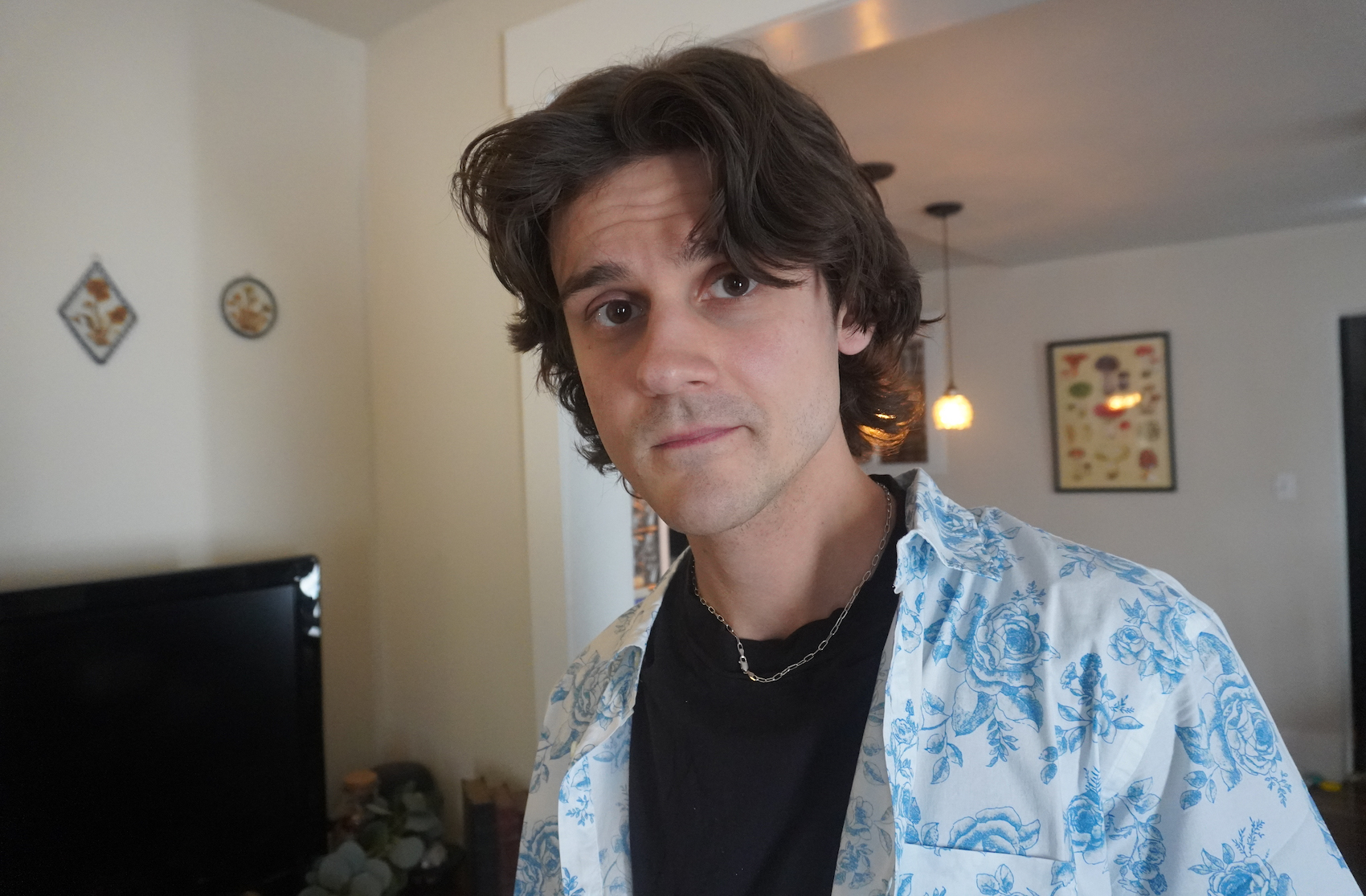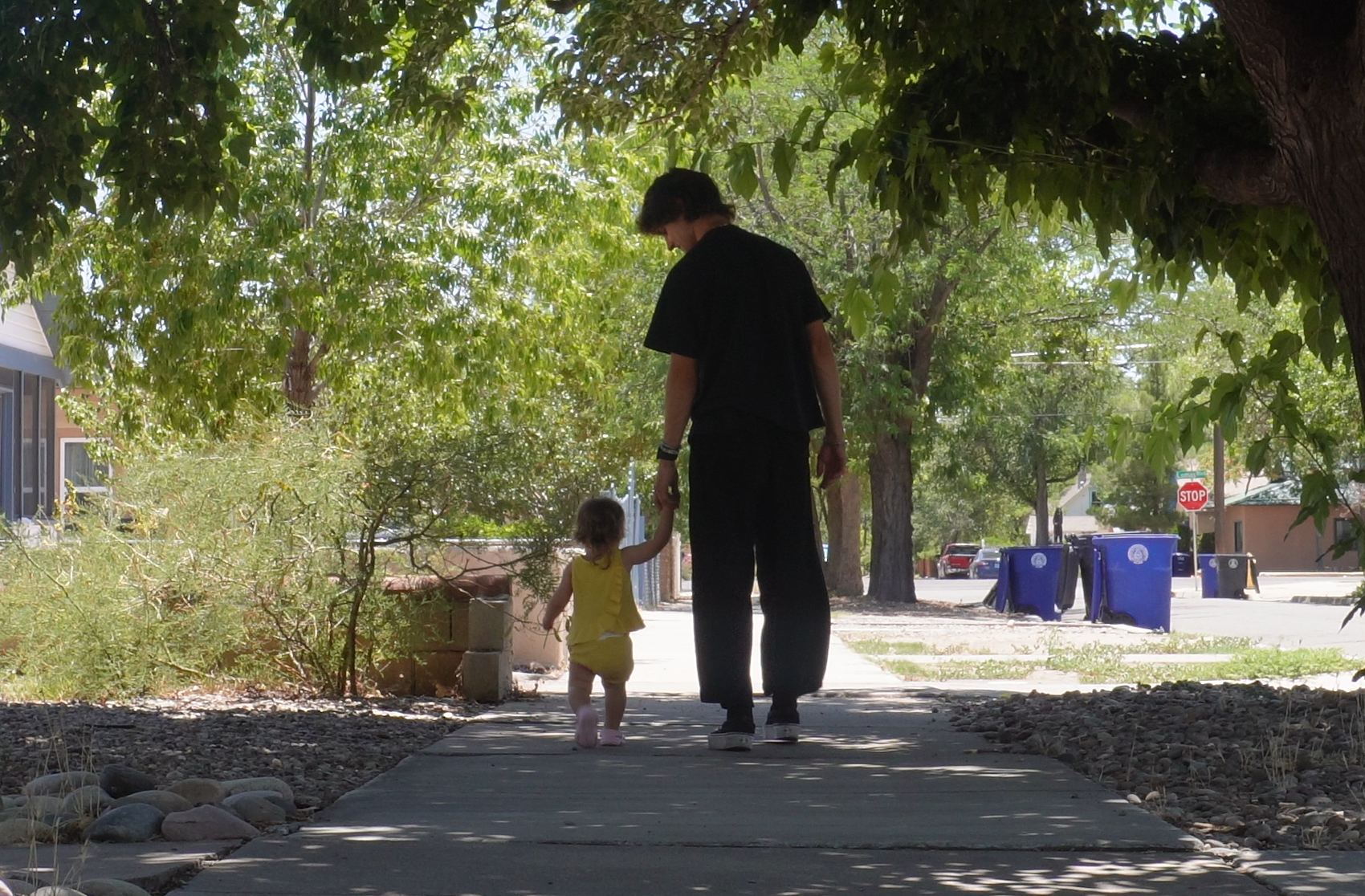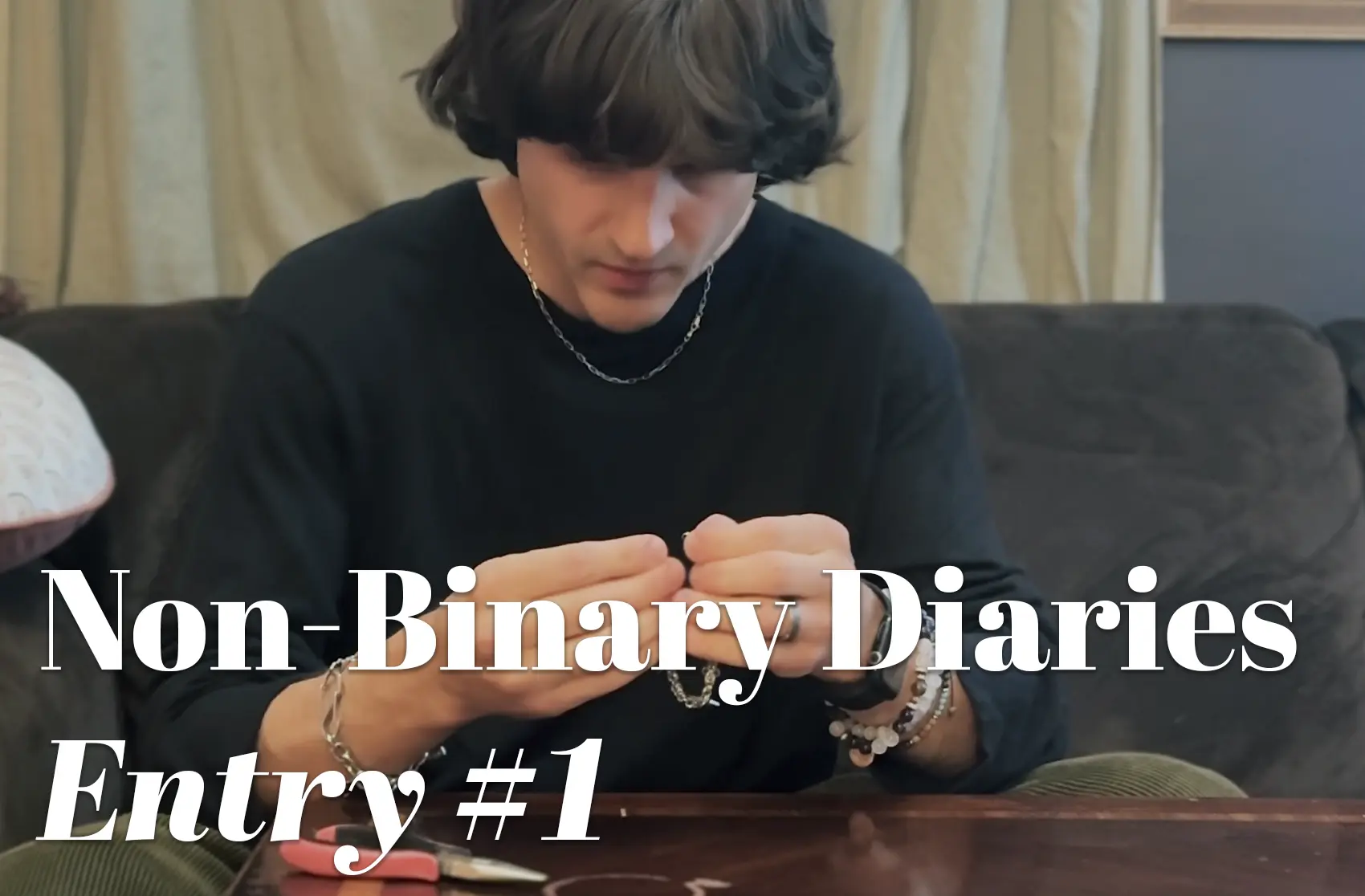When I came out as non-binary in my 20s, I had difficulty reconciling my experience with stories from other trans and non-binary people. Many of them knew their identity from childhood - an innate sense they were not the gender that society was forcing on them.
I never considered I might be anything other than a man until I was in my 20s. That meant a lot of confusion and self-doubt around what I felt, and that it took longer for me to trust myself enough to come out. But after I finally did, some childhood memories started to make a lot more sense.
Here are some of the ways I (and many other gender non-confirming folks) experienced gender discomfort growing up.
1. Playing as a Different Gender in Video Games
My house was a Nintendo household - starting with the GameCube and GameBoy Advance, upgrading to the Wii, DS, and Switch, and, yes, even the Wii U. Super Smash Bros. was a particular favorite.
I spent the most time on Super Smash Bros. Ultimate, and my main was Palutena (Zelda was my back-up). I was inherently drawn to female characters, but always told myself I just liked their fighting style.
I had no real explanation for choosing a girl instead of a boy in my second play-through of Pokemon Diamond, either, but chalked it up to “trying something different.”
Video games are an escape from real life, so it’s no wonder that many trans people choose characters of a different gender as a risk-free way to try it out.

2. Preferring Female-Fronted Bands
My music taste has evolved heavily over my lifetime, but a common thread was my preference for female-fronted bands. I went through a phase learning Japanese in high school, which blossomed into an obsession with J-Rock. Scandal was my favorite band, and when I eventually branched out to k-pop, I followed 2NE1 religiously.
Closer to home, my favorite artists were Avril Lavigne, Paramore, and Taylor Swift. Again, I never read too much into my preference for female vocalists - I just preferred their voice, I told myself.

3. Playing with “Gendered” Toys
As a non-binary person, it’s now strange to me how heavily society genders everything. There’s no reason for all clothes and toys growing up to be divided into “girls’ toys” and “boys’ toys,” but that’s just the reality of our society.
I was lucky to have progressive parents growing up who let me walk into the pink aisles in Toys R Us and pick out girls’ toys. While I loved my Bionicles, Star Wars, and Pirates of the Caribbean, I also enjoyed My Little Pony and had an assortment of a few Polly Pockets.
In many ways, society’s treatment of different genders helps to shape our own conception of our gender identity, so it’s natural that gender non-confirming folk would explore “other” gender identities through play.
4. Experimenting with Appearance
Clothes are another easy way to explore what different gender expressions feel like - especially when you’re young and haven’t been fully indoctrinated by society’s rigid gender standards.
For me this meant asking my mom to paint my nails when I was young, and making clip-on flower earrings from a little jewelry set my parents got me. I spent an entire vacation wearing a glittery skull ring and necklace at 8 years old.
In high school, I desperately wanted the skin-tight jeans I saw emo kids wearing, and started wanting to grow my hair out. I tried both of these in college, and liked having long hair enough that I’ve grown it out several times in my 20s.
Since society sets the standards for which clothes, haircuts, and accessories are considered “masculine” and “feminine,” it’s common for people whose gender doesn’t align with their sex assigned at birth to try clothes that also don’t align.

5. Using Your Imagination
When you’re gender non-conforming as a young person, you don’t know what’s considered “normal” until you’ve had enough interactions to understand how cis and non-cis relate to gender. And until you’ve had those realizations, it’s easy to assume that discomfort with gender and expectations is just something that everyone feels.
That was certainly my experience. Growing up, I’d sometimes imagine that I woke up as a girl for several days in a row. I’d vividly imagine what it would feel like - my hair, how I’d exist in the world. And as with so many other experiences, I dismissed this as something everyone felt. I didn’t have the vocabulary or understanding to know that these types of thoughts could actually mean I wasn’t cis.

Trust Your Inner Child
Before I ever met another trans or non-binary person, I didn’t have a lens to view my childhood interactions with gender as anything other than normal. I didn’t have a word for the discomfort I felt between the expectations of masculinity and my internal sense of self.
When I finally had words to describe how I felt, it was even harder to trust myself. When I had already spent so many years showing up as a man, I just couldn’t bring myself to believe that I could be something else. But after months of denial, I could no longer ignore the truth.
I would’ve saved myself a lot of difficulty if I just learned to trust my inner child. So if your childhood experiences tell of discordance between your sex assigned at birth and your internal sense of gender - you should probably listen.


